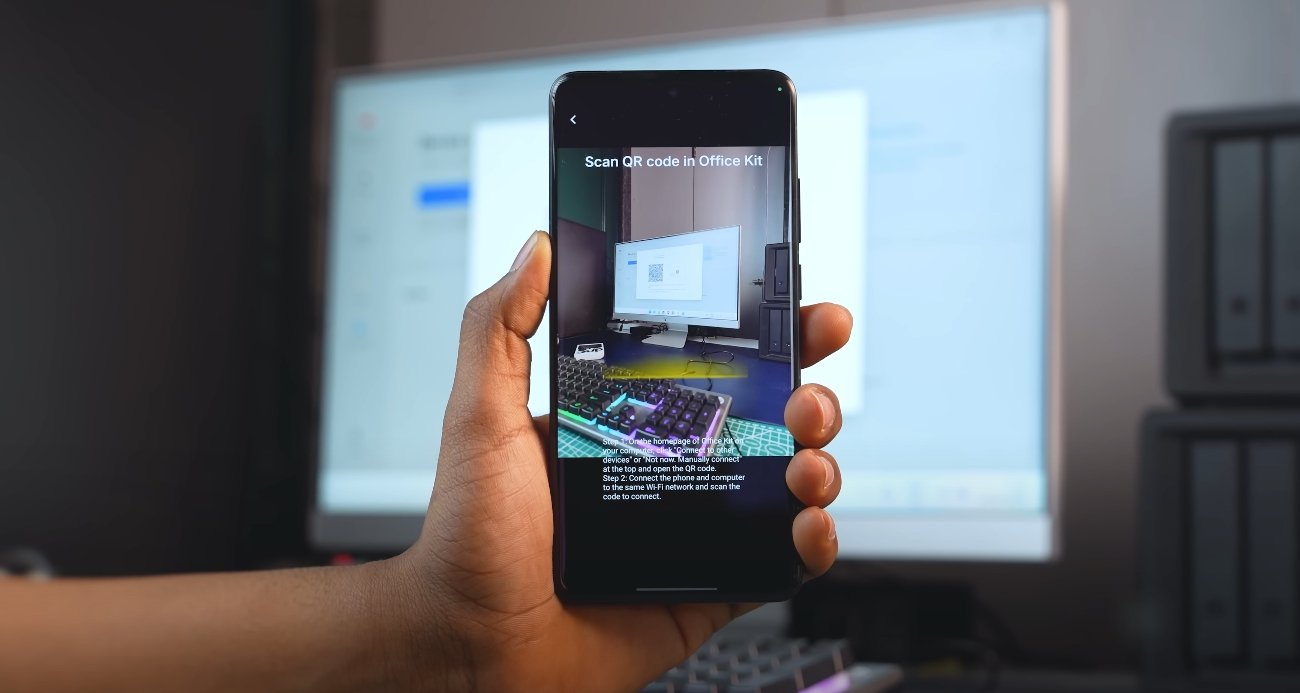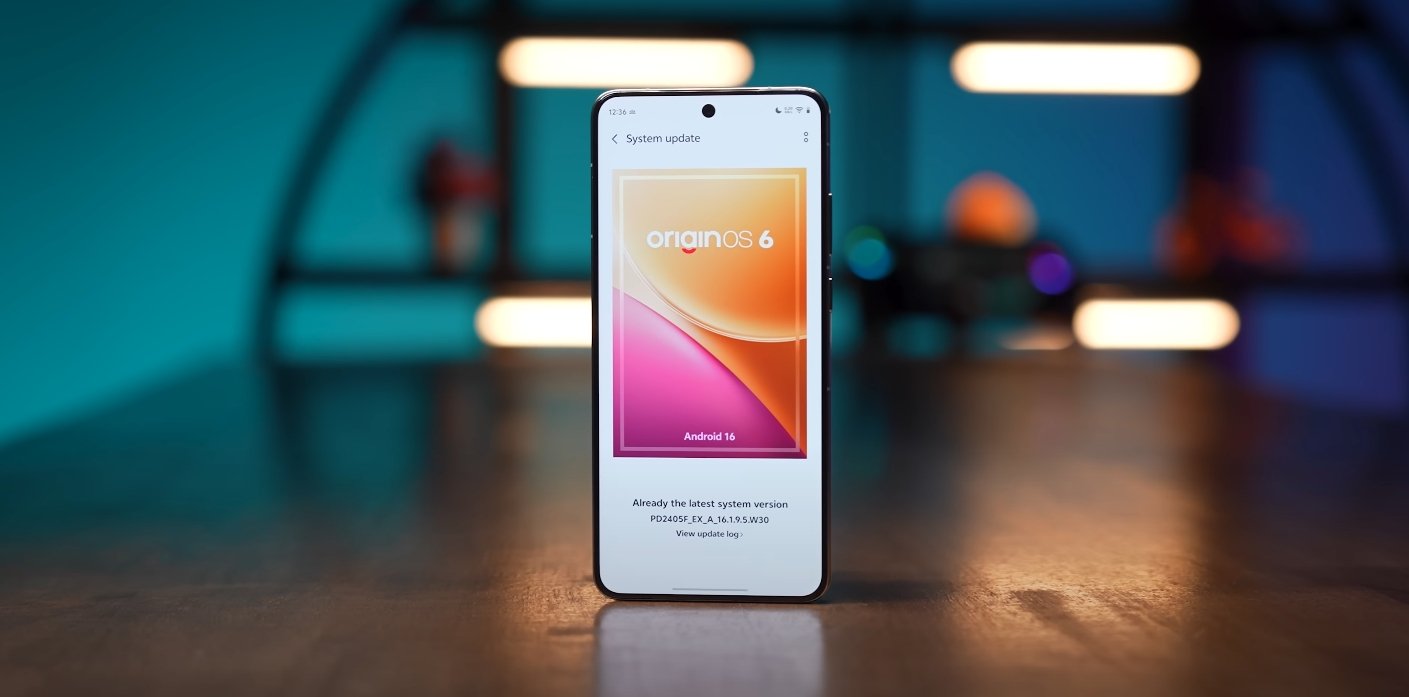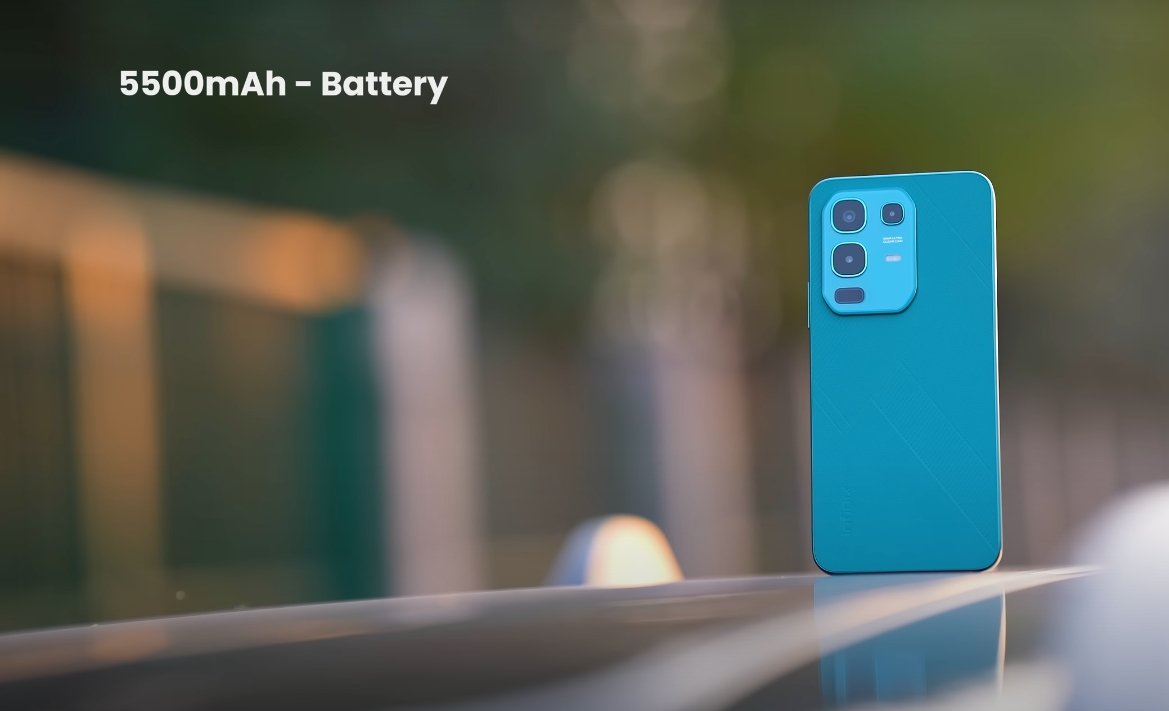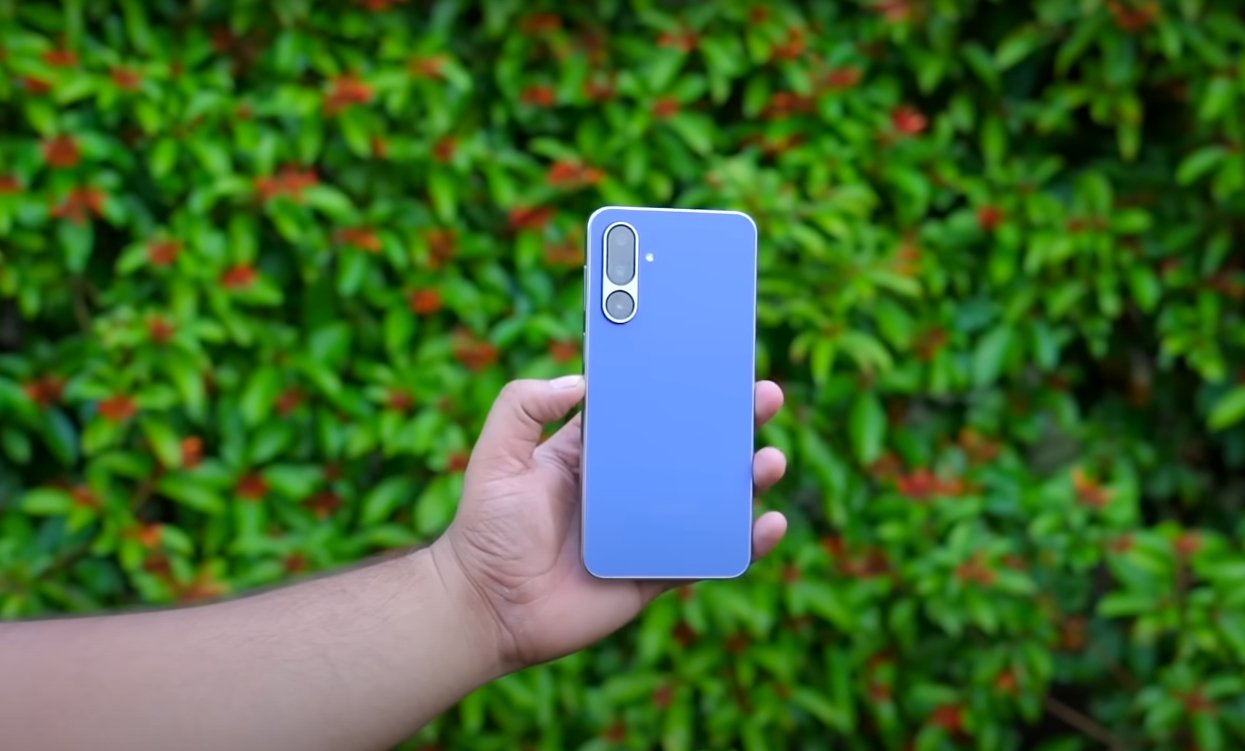Vivo’s OriginOS 6 vs Google’s Android 15: Feature Comparison and Key Differences
Vivo has officially revealed OriginOS 6, its latest custom Android skin, built with a strong focus on design, performance, and battery efficiency. Meanwhile, Google’s Android 15 continues to refine the core system experience with stability, privacy, and cross-device intelligence. While both systems share the same foundation, their features and philosophies differ significantly. Here’s a detailed look at how OriginOS 6 compares to Android 15 based on early builds and official confirmations.
The first major difference lies in design and user interface. OriginOS 6 introduces a complete visual overhaul, featuring soft gradients, translucent panels, and fluid animations. Vivo’s design language aims for a premium, almost futuristic feel with deeper personalization options. Widgets, lock screen layouts, and icon packs are fully customizable, allowing users to arrange and resize elements freely. Android 15, on the other hand, refines Google’s Material You design without changing its core structure. It focuses on functional aesthetics rather than visual experimentation. The result is a cleaner interface, but with less room for deep personalization compared to Vivo’s layered approach.
When it comes to performance and system fluidity, OriginOS 6 utilizes Vivo’s new “Smooth Performance Engine,” which optimizes CPU scheduling, memory usage, and animation timing. This ensures that app transitions feel faster and multitasking remains stable even under heavy load. Users have reported improved responsiveness during gaming, app switching, and split-screen usage. Android 15 also introduces performance improvements, particularly in large-screen and foldable optimization. It fine-tunes task scheduling and adds smarter resource management, but its improvements are designed for consistency across devices rather than aggressive optimization like Vivo’s tuning.

Battery management and efficiency form another area where both systems differ. OriginOS 6 brings intelligent power-saving modes that adapt based on usage patterns. The system learns when the user is active, reducing background activity when idle. It also adjusts refresh rates dynamically and introduces new cooling optimizations to prevent thermal throttling. Android 15 adds general improvements in standby efficiency and battery analytics, but it leaves device-specific enhancements to manufacturers. In essence, OriginOS 6 provides deeper hardware-level control, while Android 15 focuses on software-wide consistency.
A major area of innovation is AI and smart features. OriginOS 6 heavily integrates AI tools into daily use, including smart text extraction, voice-assisted multitasking, and visual recognition within the gallery and camera apps. Vivo’s “Origin Intelligence” system allows on-device tasks such as automatic file sorting, voice commands for navigation, and contextual app suggestions. Android 15 enhances AI processing mainly through its system-level integration with Google Assistant and Gemini AI, offering smarter replies, predictive app launching, and background context awareness. While Android 15 relies more on cloud intelligence, OriginOS 6 emphasizes real-time, device-side AI operations for faster results.
In terms of multitasking and productivity, Android 15 introduces better support for split-screen apps, persistent taskbars, and improved window resizing on foldables and tablets. It also allows users to save app pairs for quick relaunch, making large-screen workflows easier. OriginOS 6, however, adds its own features like floating app windows, smart drag-and-drop actions, and a multi-device continuity function that connects phones, tablets, and laptops seamlessly. These tools cater more to professional users who rely on multiple devices and multitasking setups.
Privacy and security remain top priorities for both systems, but their approaches differ. Android 15 introduces a new “Private Space” for hiding apps, updated permission controls, and anti-theft protection that locks the phone if unauthorized activity is detected. OriginOS 6 adds its own layer of security through Vivo’s “Shield System,” which includes app behavior monitoring and enhanced biometric authentication. The difference lies in customization—Google offers universal protection across all Android devices, while Vivo fine-tunes its security to specific models and user environments.
Customization is another area where OriginOS 6 leads clearly. Users can change almost every aspect of the interface, from animation speeds and icon shapes to font styles and layout grids. Lock screen widgets, notification effects, and themes can be individually adjusted. Android 15 retains Material You’s dynamic color theming, but its customization scope is narrower, mainly focusing on wallpapers and accent colors. For users who enjoy personalizing their devices, OriginOS 6 offers a more flexible environment.
In real-world experience, both systems perform exceptionally well but serve different audiences. OriginOS 6 feels more visually expressive and feature-packed, ideal for users who value personalization and want their phone to feel dynamic and alive. Android 15 is cleaner, faster, and more predictable, suited for those who prefer simplicity and direct integration with Google’s ecosystem. Vivo’s software delivers extra value to its own device lineup, while Android 15 continues to serve as the universal standard for all manufacturers.
In conclusion, OriginOS 6 and Android 15 highlight two distinct visions of the Android experience. Vivo’s approach prioritizes creativity, smart system learning, and seamless ecosystem integration, turning its devices into multitasking powerhouses. Google’s Android 15 remains focused on stability, security, and broader compatibility. For users in the USA and globally, the choice depends on preference—those seeking deep customization and brand-specific intelligence will appreciate OriginOS 6, while users wanting a minimal, unified interface will find Android 15 perfectly balanced. Both represent the next step in mobile evolution, pushing Android into a smarter, more efficient future.
Also Read: OriginOS 6 vs OriginOS 5 feature comparison







